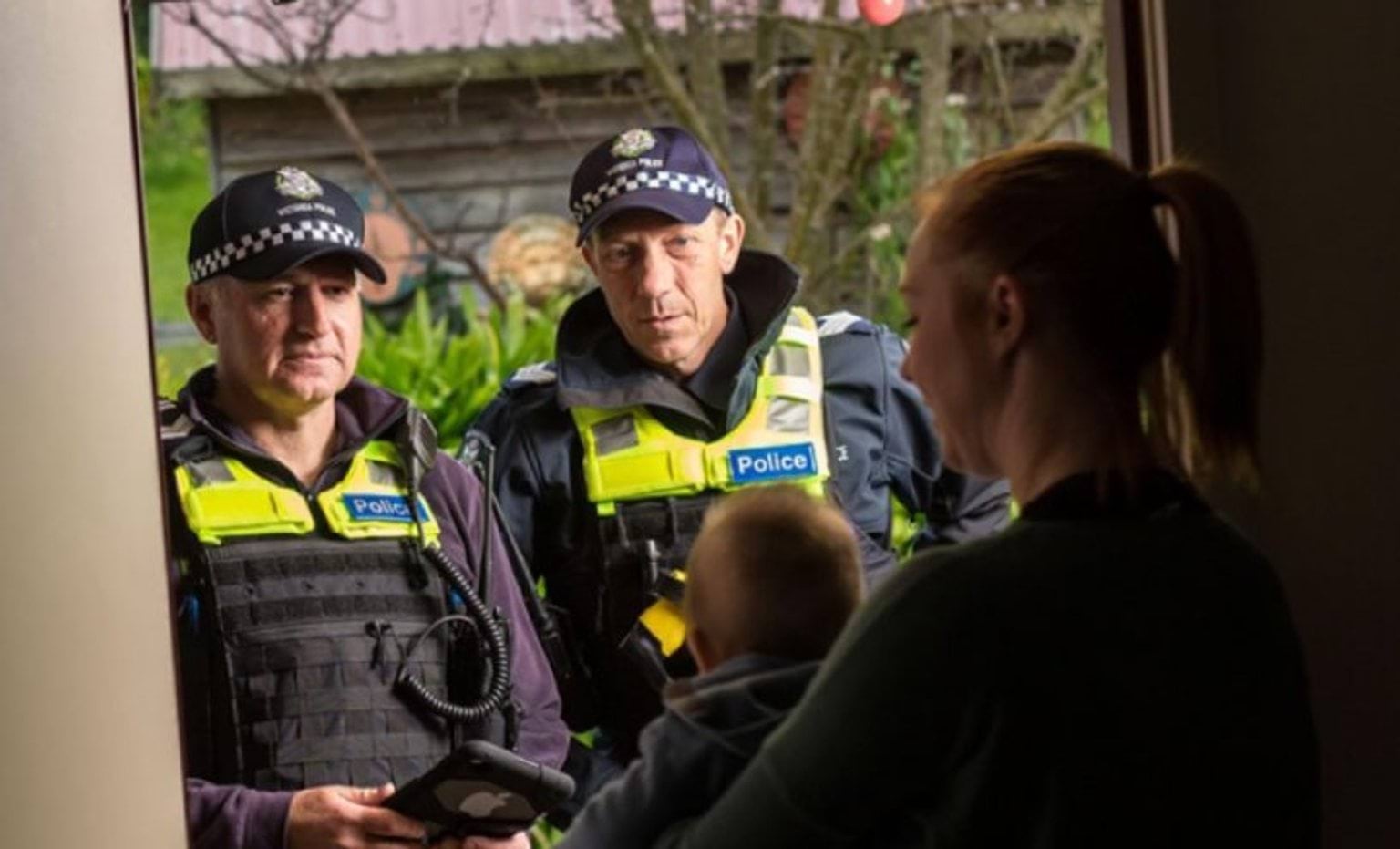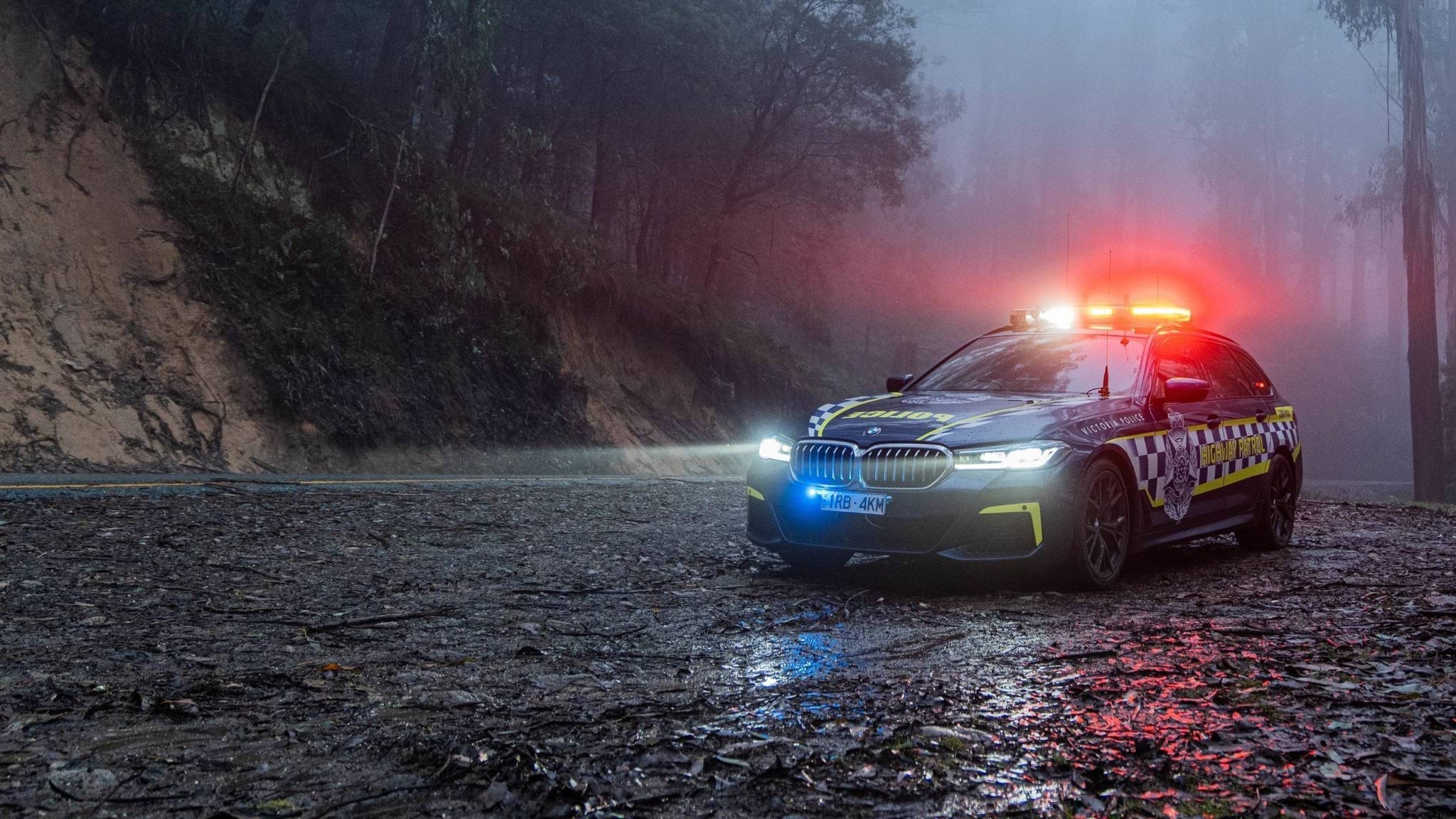Advice to stay safe on the road, Victoria’s provisional lives lost count, and how Victoria Police works to keep our roads safe.
Slow to 40km/h
When you see flashing lights (red, blue, magenta or yellow) and workers on the roadside, you must slow down to 40km/h and pass safely.
Read more about law enforcement, emergency and incident response vehicles.
The latest lives lost figures
- 0 lives lost
- on roads this year
- 3 lives lost
- on roads this time last year
Stay safe on the road
Impaired, distracted, dangerous and high-risk driving
The effects of speeding, impaired driving, distraction and fatigue, and what you can do to reduce them.
Staying safe in your vehicle
Learn about using seatbelts and child restraints, and how they can protect you from serious injury.
Snow and winter driving safety
Tips and requirements for planning a trip to the snow, and driving safely in alpine conditions.
Motorcycle safety
Stay safe on the roads as a motorcycle rider, and how to safely modify your motorbike.
Pedestrians and cyclists
Keep safe on footpaths and roads when out walking, running or riding a bike.
Electric powered scooters (e-scooters)
How to safely and legally ride private and commercial e-scooters in Victoria, related laws and offences, and the current hire schemes.
Electric bike (e-bike) safety
How to stay safe when riding a legal e-bike on public roads and footpaths.
Trucks and heavy vehicles
Stay aware and safe when sharing the road with trucks, including blind spots, overtaking and stopping distances.
Community member road safety
Older drivers
Learn about how you can stay safe on the road as an older driver.
Young drivers
Learn about how young drivers can stay safe on Victorian roads.
How we police Victoria's roads
Drug driving infringement process
Information about infringement notices for drug driving and how they are dealt with, depending on the results of laboratory tests.
Anti-hoon laws
Learn about anti-hoon laws and how Victoria Police work to stop dangerous driving.
Road safety cameras
The road safety camera program aims to create safer roads for all road users.
Infringements, warnings, and impounds
Infringement notices
An infringement notice is a fine you receive for committing an offence. Learn about the reasons why you may receive a fine, and how your notice will be sent to you.
Once you receive an infringement notice
Learn about your options once you have received an infringement notice, including how to pay or dispute the fine.
Vehicle impounds
Information on the collecting, identifying and surrendering of vehicles to Victoria Police.
Our commitment to reducing road trauma
Victoria Police Road Safety Strategy
Victoria Police's Road Safety Strategy outlines our approach to reducing road trauma in Victoria.
Keep your vehicle secure

Vehicle and property safety
Crime prevention tips for home and property safety, including car, bike, caravan, and number plate theft, and how to report a crime if it occurs.
Updated
